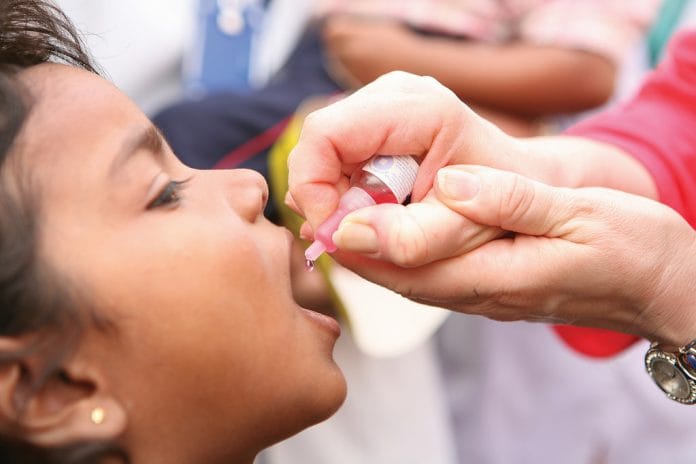New Delhi: NITI Aayog has set 15 August as the target to roll out the first phase of the ambitious National Health Protection Scheme (NHPS), announced in the Budget Thursday.
A blueprint drawn up by the government think tank suggests tentative timelines for implementing the NHPS, touted as the world’s largest government-funded healthcare scheme.
While its extended deadline could go up to 2 October, which is Gandhi Jayanti, a full-fledged launch is possible in a year-and-a-half.
The scheme, which will provide a health insurance cover of Rs 5 lakh each to 10 crore poor families, is an advanced version of the Rashtriya Swasthya Bima Yojana (RSBY), meant for migrants workers.
The number of beneficiaries may go up to 50 crore.
The scheme will form the base of India’s Universal Health Coverage goal, also listed as a sustainable development goal with the United Nations.
Timeline for NHPS implementation
February 2018: Consultation with states will start by next week.
March: Stakeholder consultations and scheme approval are expected to be over.
April: Preparation of requisite data, guidelines and documents and revising the package rates.
June: Setting up IT systems and institutions at national and state level and drawing up an awareness strategy.
July: Deadline for inviting tenders for insurance companies for implementing the scheme.
August: The scheme would be ready for launch by 15 August.
December 2022: Setting up 1.5 lakh health and wellness centres.
Other plans: Providing incentives for empanelling hospitals in rural areas, including emergency transport, setting up of a national health agency at the central level and another agency in every state to safeguard rights of the patients.
Funding
* The premium for each family would be between Rs 1,000 and 1,200, totaling to Rs 12,000 crore annually; funds approvals likely by March.
* Depending on the states’ pace in implementing the scheme, 50 per cent of the total beneficiaries may be covered in a budget of Rs 5,000-6,000 crore in the first year. Rs 2,000 crore has been sanctioned so far.
*The ratio of sharing between Centre and state will be 60:40, which may need an additional Rs 1,000 crore allocation.
Challenges
*Setting up a robust IT system to facilitate an easy access of people to hospitals covered under the scheme.
*Access to proper health facilities with adequate infrastructure in rural areas could be a major challenge, since private players may not be willing to take part in the scheme
*It also remains to be seen if states can pump in enough money required to put the scheme in place in such a short notice.






